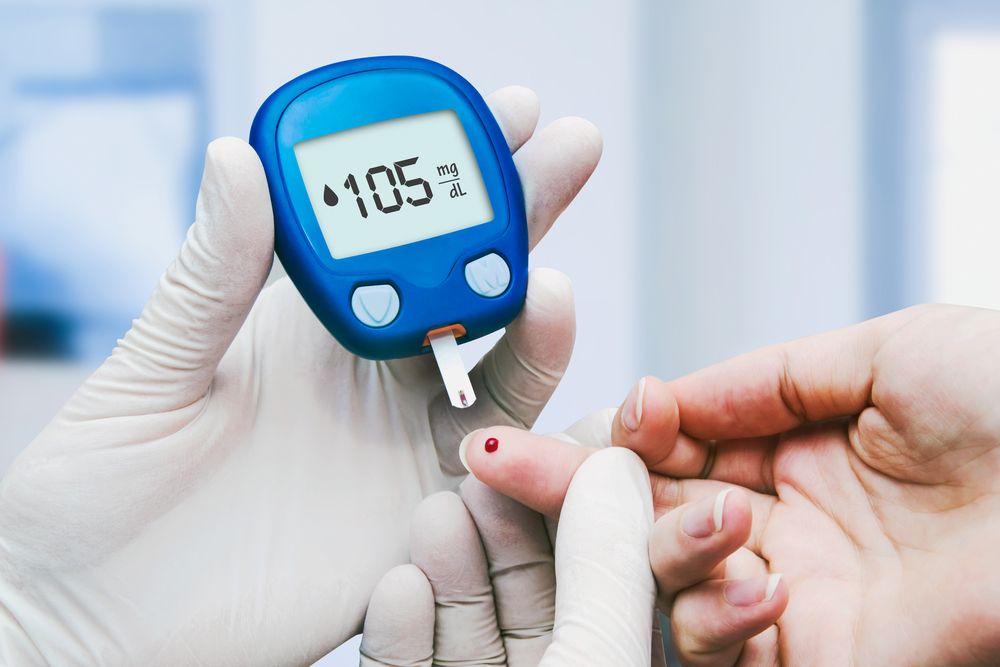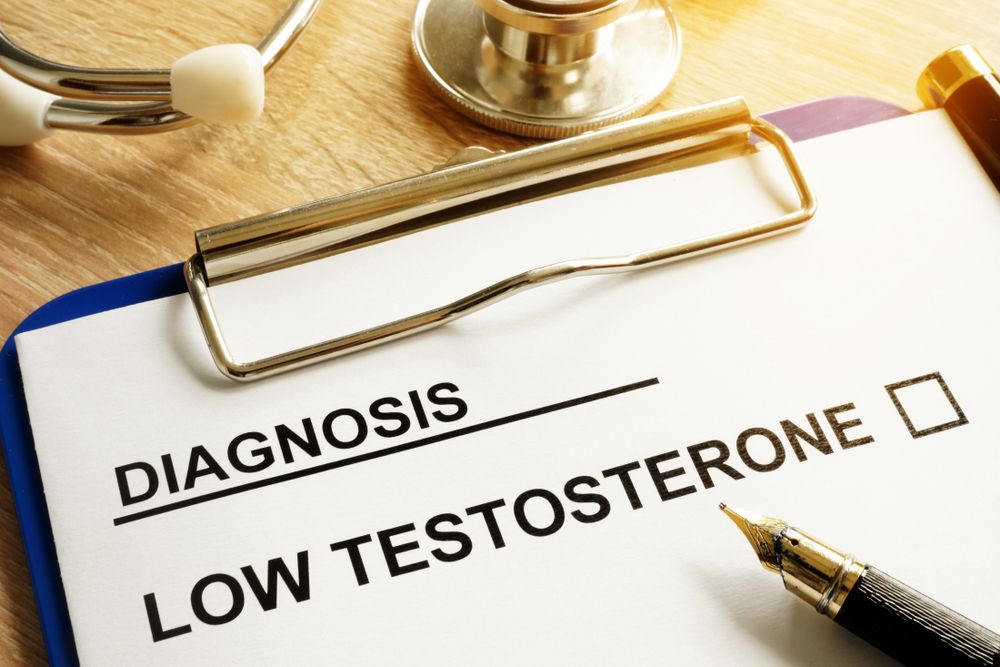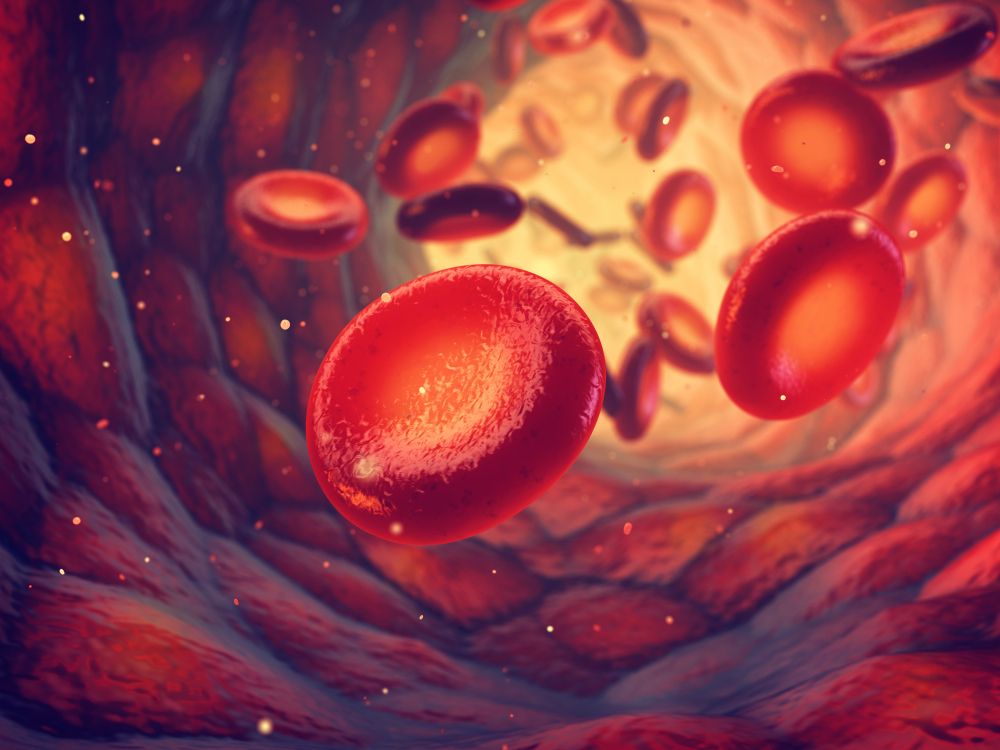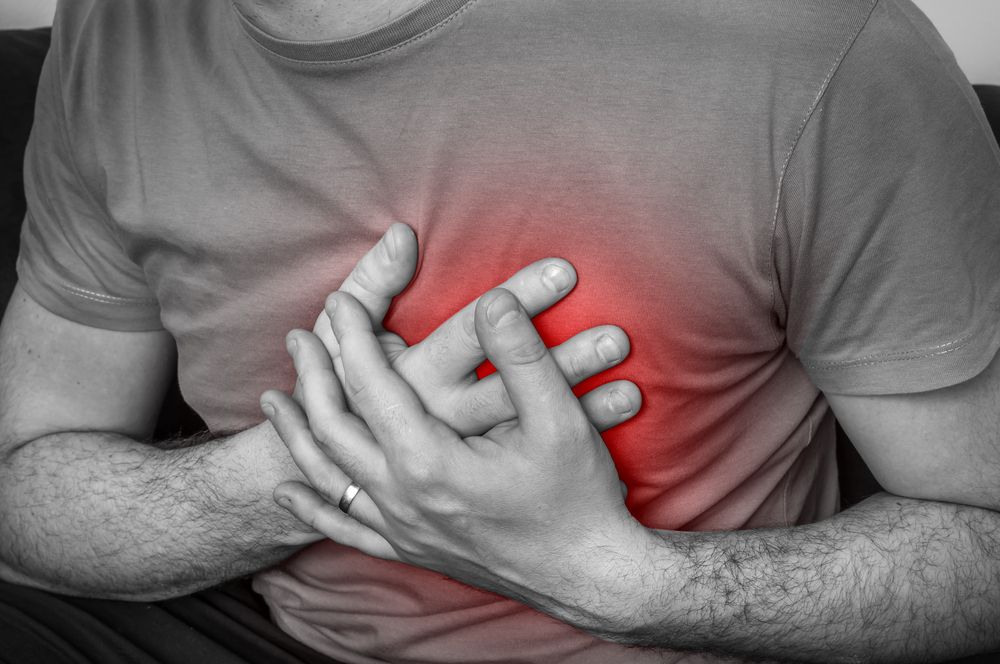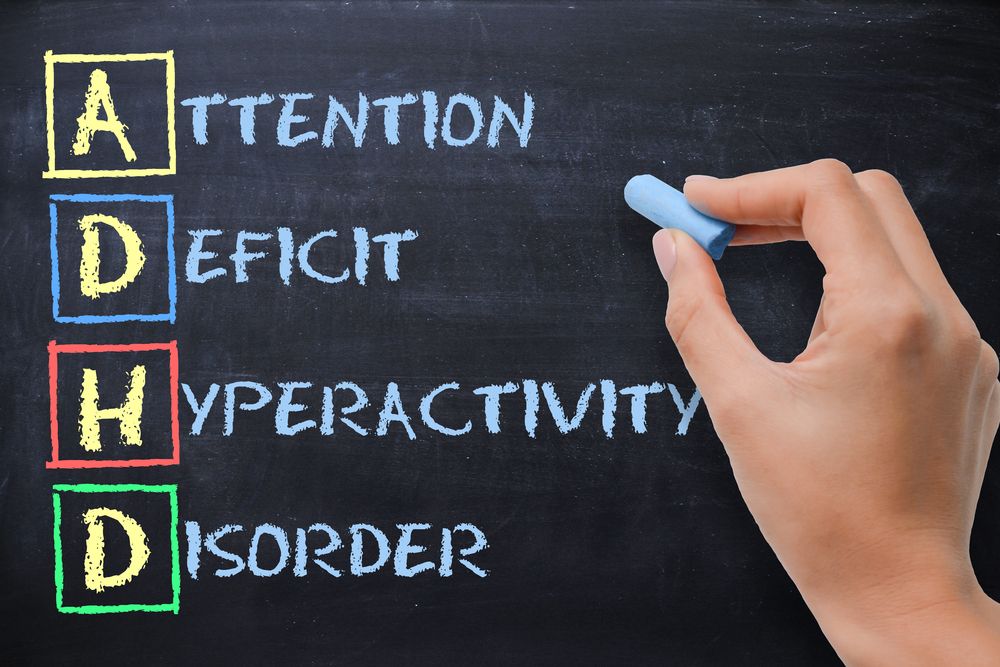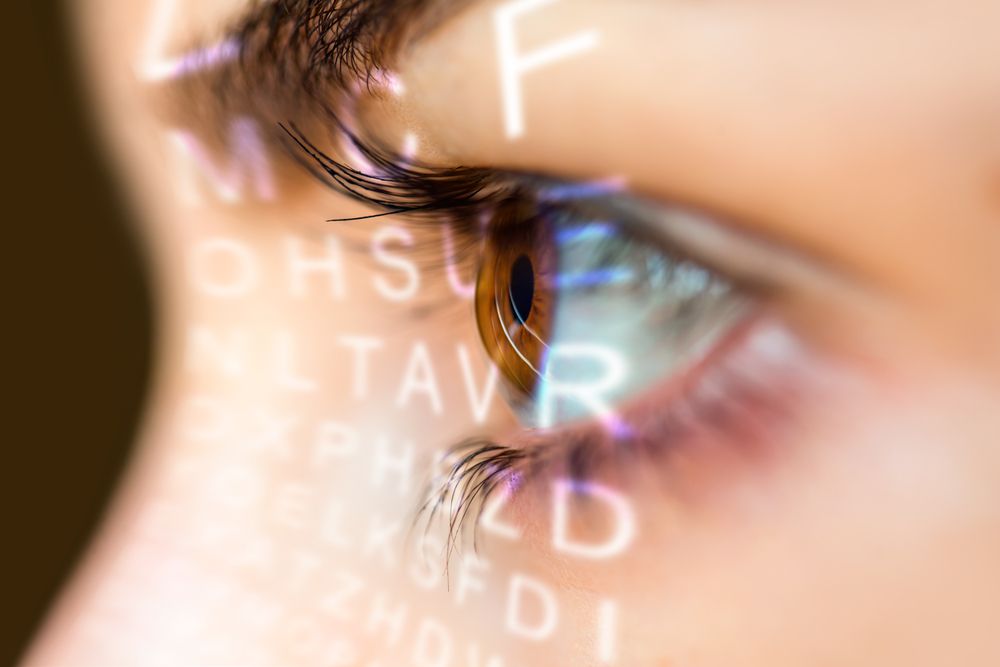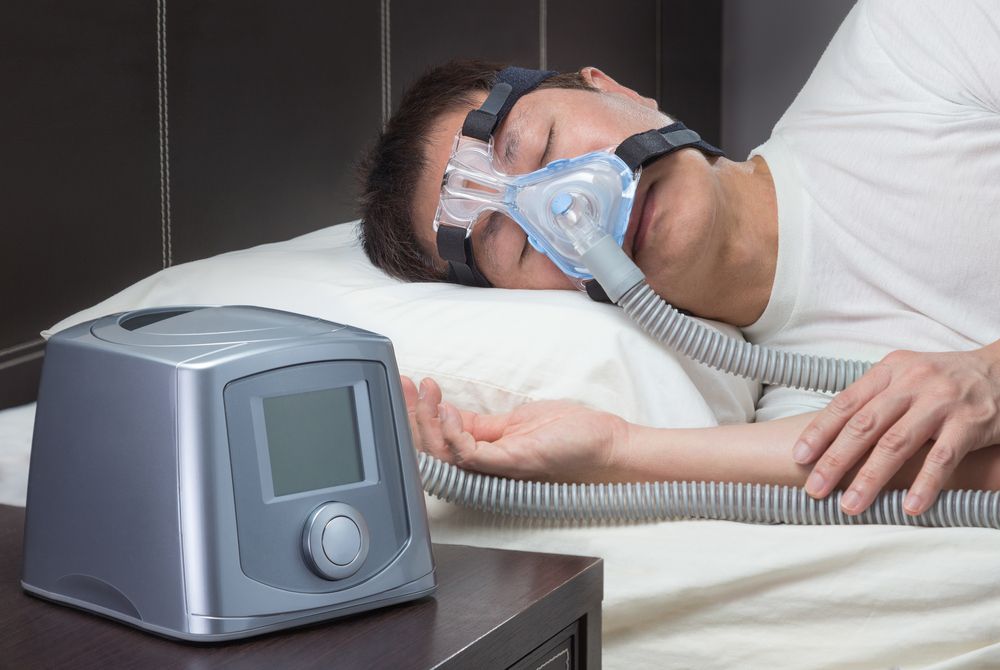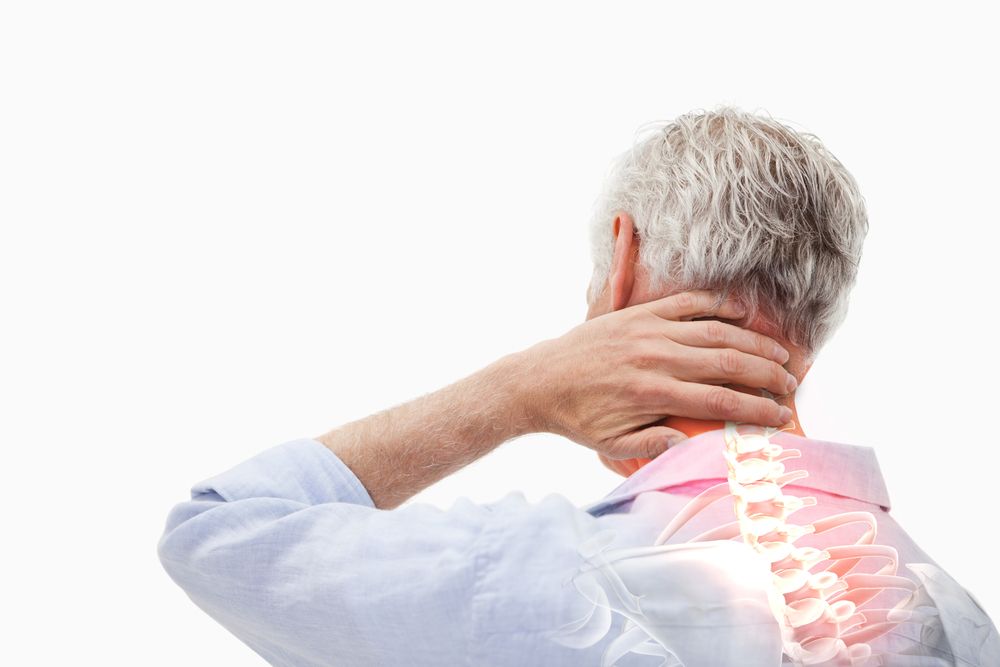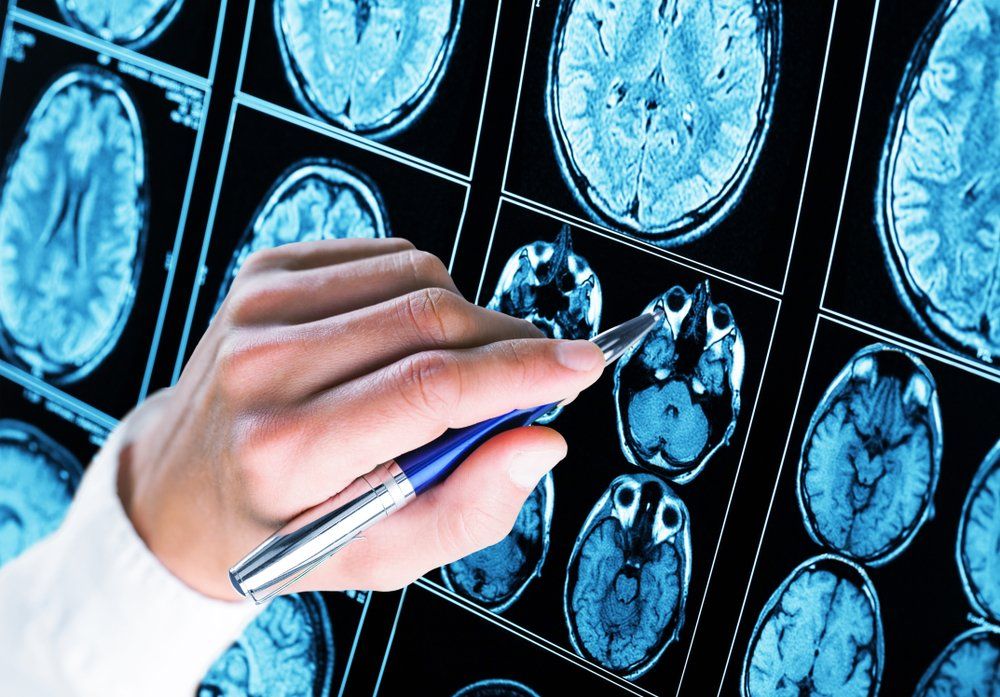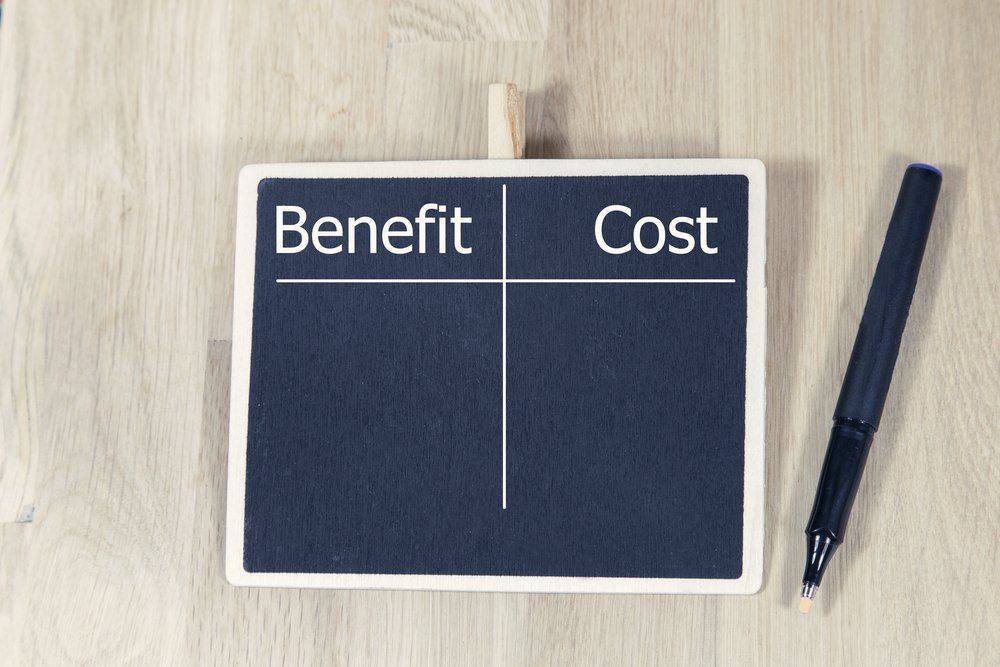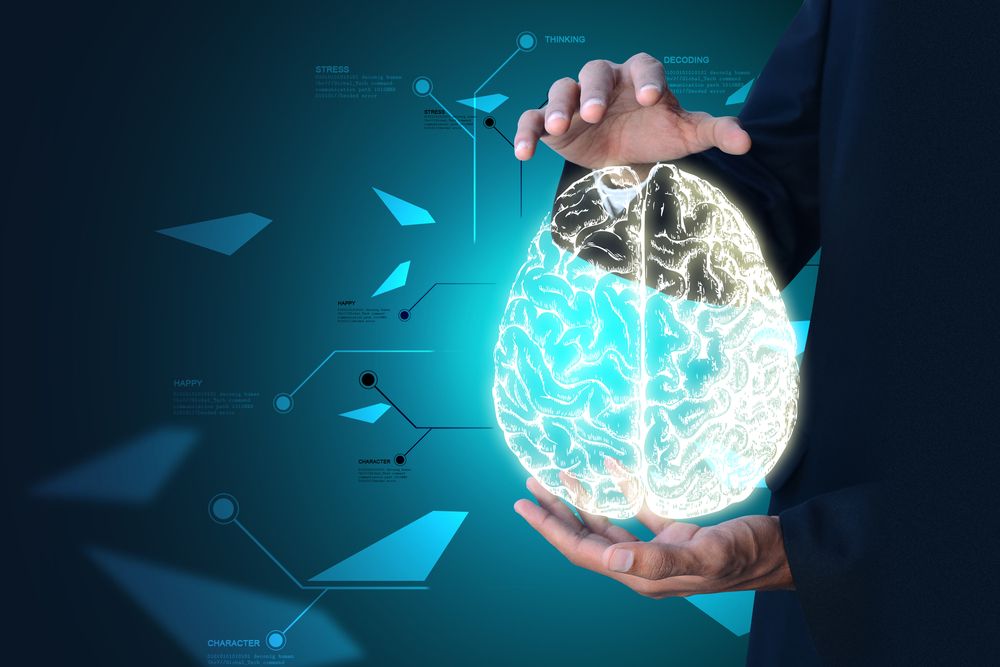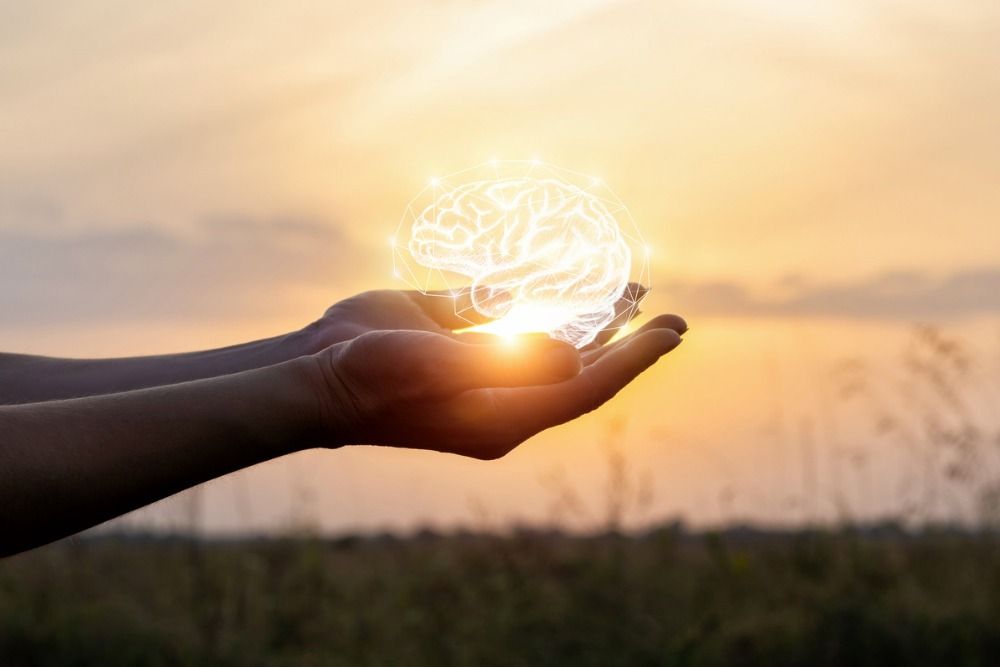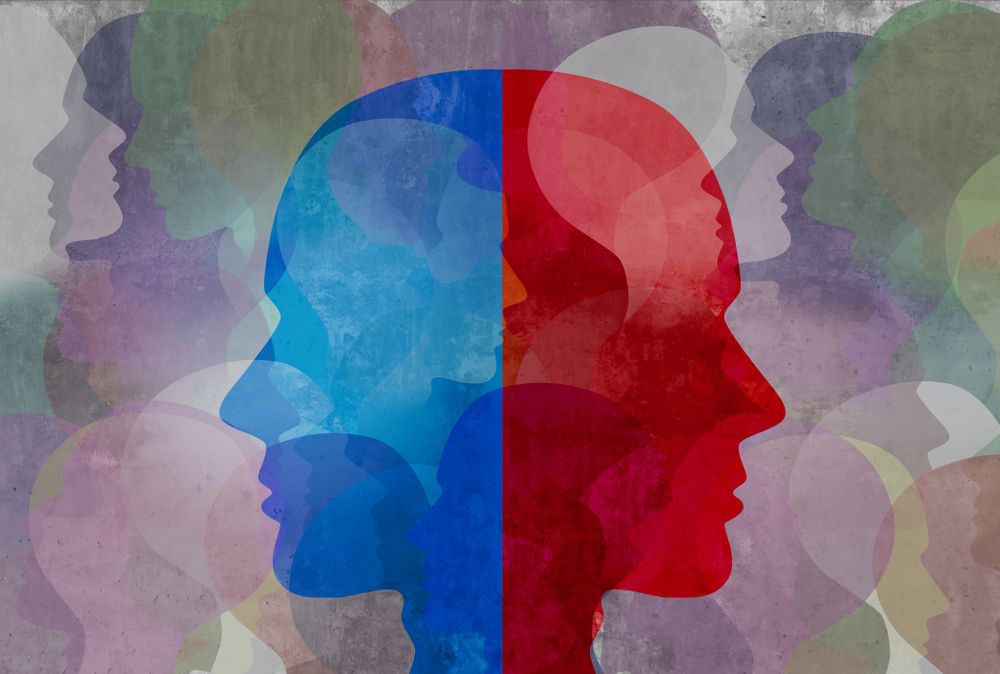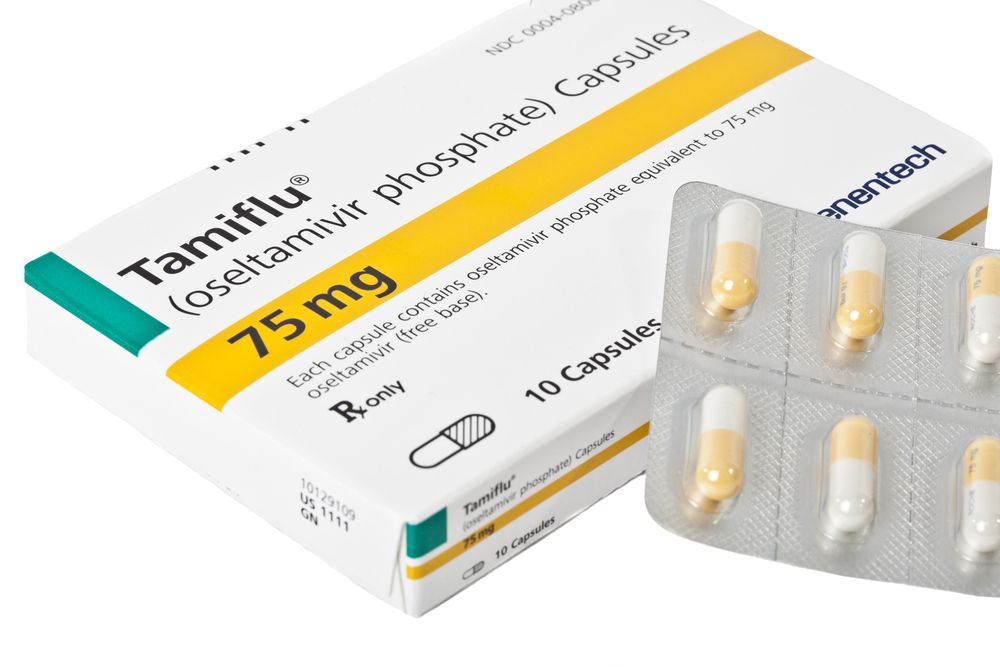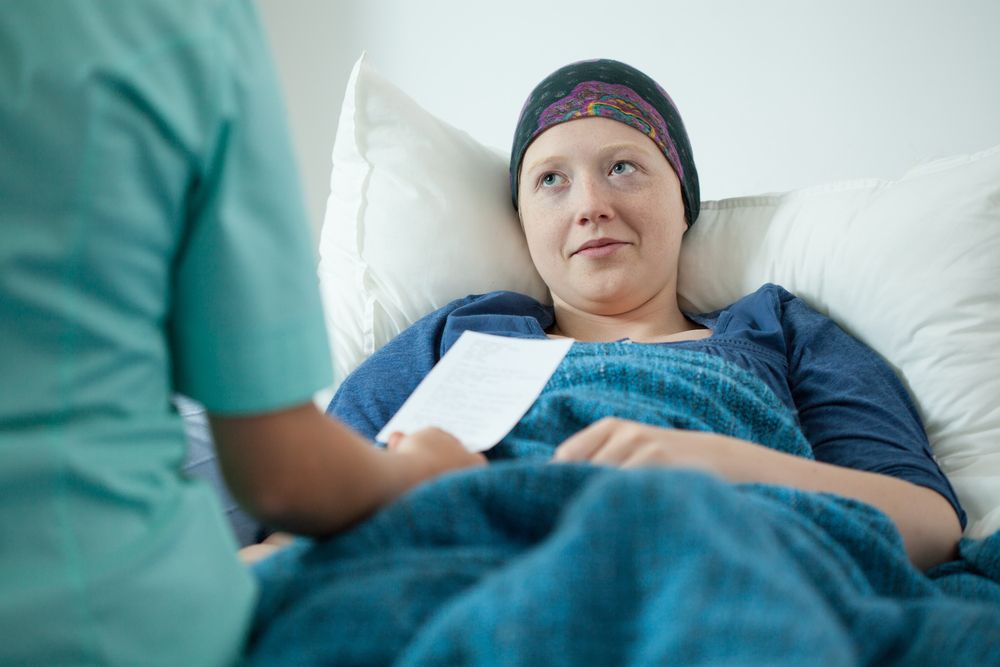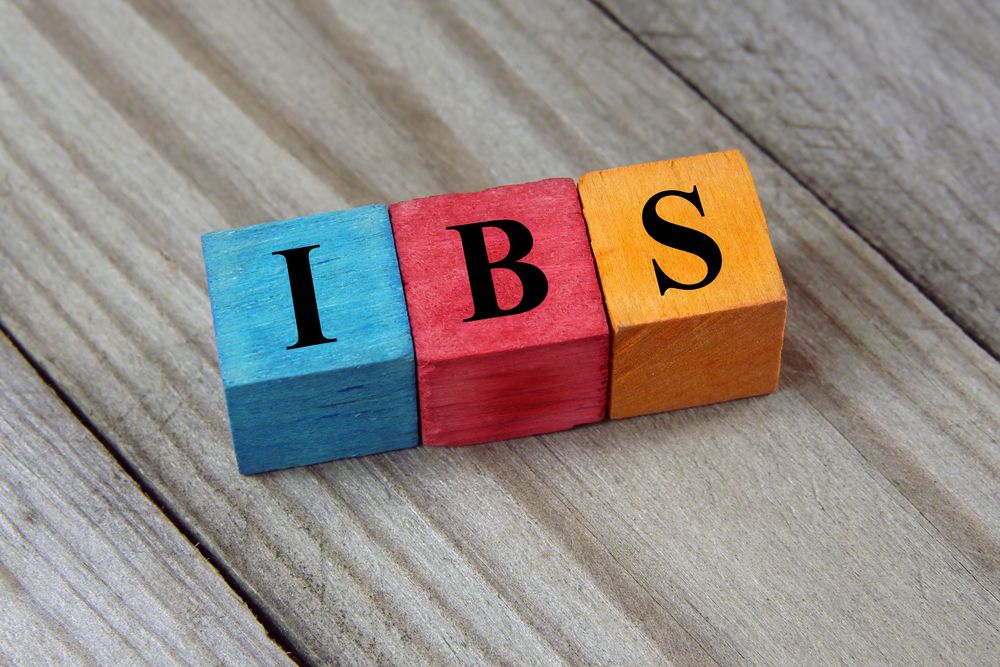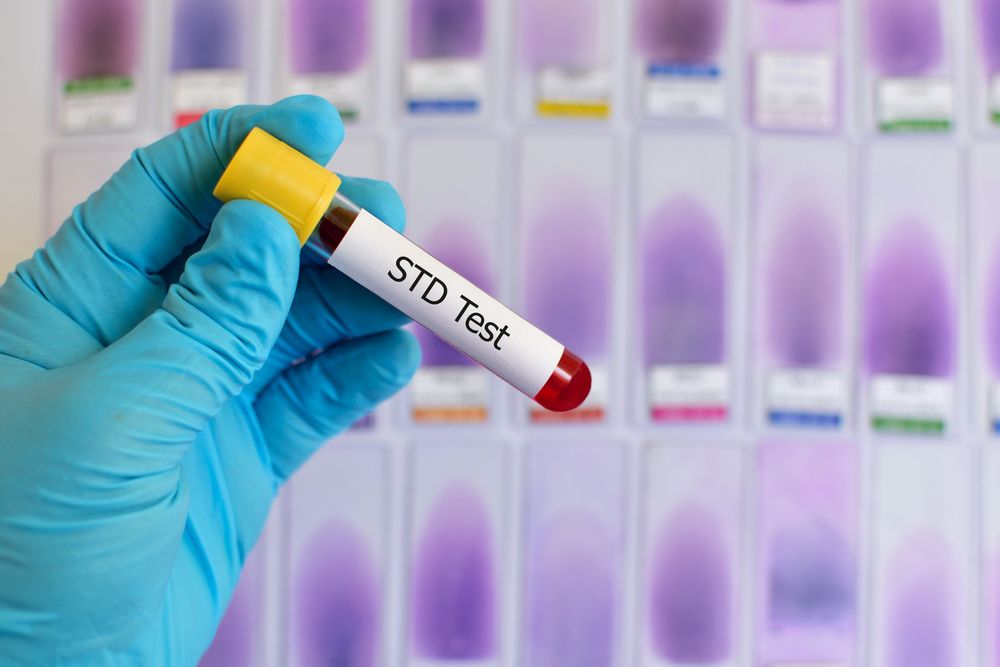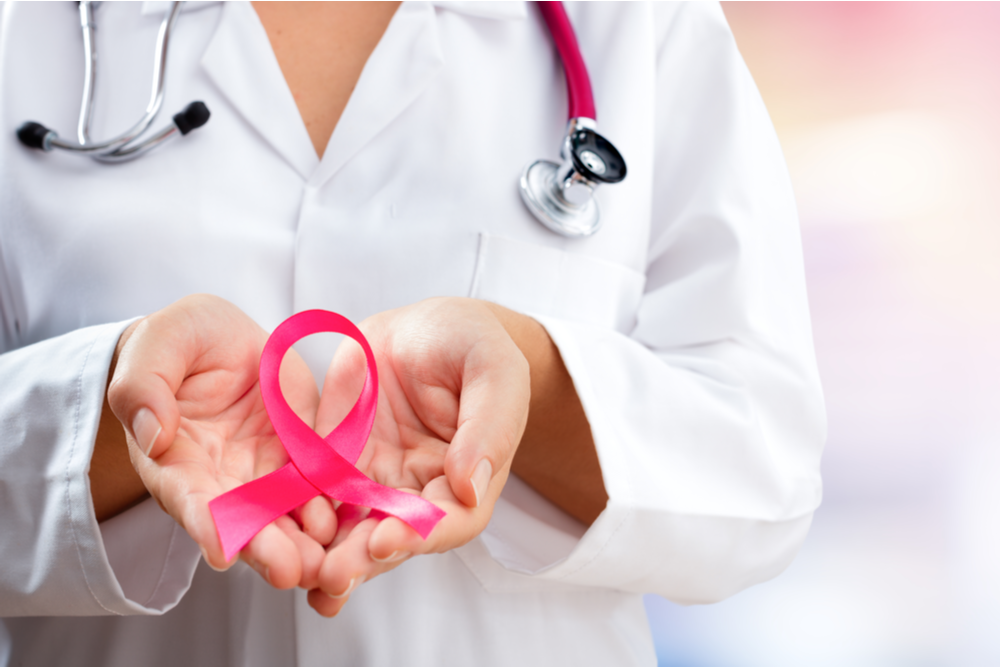A neurologist typically makes the formal diagnosis of a migraine headache. (Learn More – Diagnosis of Migraine Headache)
There are four categories of symptoms to migraine headaches, although everyone may not experience all four. (Learn More – Symptoms)
Treatment of migraines typically involves addressing the headache itself or preventative measures. (Learn More – Treatment of Migraines)
These can include over-the-counter medications, (Learn More – Over-the-Counter Pain Relievers) prescription pain relievers, (Learn More – Prescription Pain Relievers) and preventive medications. (Learn More – Preventative Medications for Migraines)
You can also manage migraines through some home remedies. (Learn More – Home Remedies for Migraines)
Keeping a diary can help track headaches and their triggers. (Learn More – Keep a Diary)
Alternative treatments for migraines are not generally successful, (Learn More – Complementary & Alternative Treatments for Migraines) but cognitive behavioral therapy may be useful. (Learn More – Cognitive Behavioral Therapy)
Diagnosis of Migraine Headache
A specialist like a neurologist typically makes the diagnosis of migraine headaches.
The diagnosis is based on your medical history, your symptoms, a physical exam, and a neurological exam. The neurologist may use other tools to rule out conditions that might be causing your headaches, including an MRI or lumbar puncture to evaluate cerebrospinal fluid for infections like meningitis.
Symptoms
Migraines often begin in childhood, adolescence, or early adulthood and may progress through four stages, although not everyone progresses through all stages.
- Prodrome: In the prodrome phase, you may notice changes a day or two before the migraine. These may include mood swings, cravings for particular foods, constipation, neck stiffness, yawning, increased thirst, or other signs that a migraine may come.
- Aura: Some people experience an aura before or during the migraine (migraine with aura). These are often visually based. They start subtly and build gradually, and they may last 20 minutes to an hour. They include seeing flashes of light, colors, or shapes, feeling tingling sensations on particular parts of the body, hearing music or noises, experiencing numbness on one side of the body or face, or having difficulty speaking.
- Attack: The migraine attack typically lasts between 4 and 72 hours, but this varies from person to person.
- Postdrome: The postdrome phase (also called the migraine hangover) often consists of confusion, extreme tiredness, and lethargy that may last for up to 24 hours.
During the headache attack itself, the pain is often on one side of the head, but in some cases, it occurs on both. The pain is throbbing or pulsating, and it is often accompanied by sensitivity to light and sound, nausea, and/or vomiting.
Who Is at Risk?
There are several risk factors associated with the onset of migraine headaches.
- Women are more likely to have migraines.

- Older individuals have an increased risk for these headaches.
- There appears to be a link between a diagnosis of depression or an anxiety disorder and migraines.
- People with epilepsy are at an increased risk of migraines.
- There appears to be a link between certain types of strokes (particularly embolic strokes and thrombotic strokes) and migraines.
- A history of heart disease or asthma may be associated with migraine headaches.
- Obesity is a risk factor for many different diseases and disorders, including migraines.
- Chronic pain disorders, like fibromyalgia, may be linked to an increased risk for migraines.
- Other neurological disorders may increase your risk for migraines, such as Bell’s palsy or restless legs syndrome.
- Digestive issues may increase the risk for migraines due to the relationship between bacteria in the gut and neurological issues.
Treatment of Migraines
Treatment of a migraine headache is focused on stopping the pain and discomfort and preventing future migraines. Medications are the most common approach.
There are two general classes of medications that are used.
-
- Abortive or acute treatment of migraines addresses the pain of the headache after the migraine attack begins. These are typically pain-relieving medications.
- Some medications can be taken daily to prevent the frequency of migraines.
Over-The-Counter Pain Relievers
Over-the-counter pain relievers, such as Motrin, aspirin, or Advil, may address migraine symptoms. However, if taken too frequently, the medication may cause rebound headaches and gastrointestinal or liver problems.
Over-the-counter medications may combine acetaminophen, aspirin, and caffeine. These will typically only work for very mild migraine attacks.
Prescription Pain Relievers
Many prescription medications can address migraine headaches, including:
- Dihydroergotamine, like DHE 45 or Migranal, dilates veins or arteries and are available as nasal sprays or injections. They can be useful in treating migraine headaches that last longer than 24 hours, but they may also worsen nausea and vomiting. If you have high blood pressure, liver problems, or kidney problems, these should be avoided.

- Triptans, like Imitrex (sumatriptan) or Maxalt (rizatriptan), block pathways in the brain to reduce pain. These can be taken as nasal sprays, pills, or injections. If you have cardiovascular disease or have had a stroke, they may not be safe.
- Opioids like codeine may be useful for some people, specifically those who do not respond to other medications. However, there is a risk of addiction.
- Medications like Compro (prochlorperazine), Reglan (metoclopramide), or chlorpromazine are most often taken in conjunction with pain relievers. They are aimed at treating nausea.
Preventive Medications for Migraines
If you have frequent migraines or migraines that do not respond to other forms of treatment like pain relievers, you will likely be placed on a preventive medication schedule. These medications reduce the frequency of your migraines, along with their severity.
- Amitriptyline (Elavil) is an older medication that is categorized as a tricyclic antidepressant. It can be used to prevent migraines, but it may induce weight gain or lethargy.
- Antihypertensive medications like beta-blockers (Inderal and Lopressor) or calcium channel blockers like Verelan may help to prevent migraine headaches.
- The antiseizure medication Depacon (valproate) or Topamax (topiramate) can be used to prevent migraines, but it may induce weight gain, nausea, and dizziness.
- Botox injections appear to prevent migraines in some people. These are typically administered about every three months.
- The recently FDA-approved drugs Aimovig (erenumab-aooe), Ajovy (fremanezumab-vfrm), and Emgality (galcanezumab-gnlm) are calcitonin gene-related peptide (CGRP) monoclonal antibodies. They are given by injection and block the protein that is believed to cause migraines.
Home Remedies for Migraines
In addition to medication, home remedies can help relieve symptoms from migraines.
- If you feel a migraine coming on, get to a quiet, dark room. Place a cool towel or ice pack on your forehead and the back of your neck.
- Learn progressive muscle relaxation to deal with stress. This can reduce the frequency of your migraines.
- Biofeedback techniques can also help manage stress.
- Stay hydrated and drink plenty of fluids.
- Develop a consistent routine that allows for sufficient sleep and rest. Eat your meals at the same time every day.
- Reduce stress through exercise, particularly aerobic exercise. Discuss this with your doctor first.
Keep a Diary
A diary can help track your migraine attacks and prepare for them.
Keeping a headache diary in which you describe the conditions that occur before your migraine attack, during the attack, and after the attack can help you better understand your triggers.
Physicians may also ask you to do this to aid in diagnosis and treatment.
Complementary & Alternative Treatments for Migraines
There are currently no conclusive findings on the effectiveness of many complementary and alternative treatments for migraines.
Some studies find that acupuncture may be helpful for headache pain, while others find no effect. Biofeedback training also appears to help individuals monitor and lessen tension related to stress, which can reduce the frequency of migraine headaches.
Using herbs to treat migraines is not recommended. Some studies suggest that high doses of vitamin B2 may be helpful, but discuss the use of any vitamins, herbs, or other similar approaches with your physician before trying them.
Cognitive Behavioral Therapy
Research suggests that cognitive-behavioral therapy (CBT) may be useful in addressing some of the issues associated with migraines.
CBT can teach you stress management and how your thinking and attitudes affect your subjective experience of pain. CBT can also address anxiety, depression, and similar issues that occur as a result of migraine headaches.
References
Migraine – Diagnosis and Treatment. (2019). Mayo Clinic.
Migraine – Symptoms and Causes. (May 2019). Mayo Clinic.
Chronic Migraine: Risk Factors, Mechanisms and Treatment. (July 2016). Nature Reviews.
Behavioral Treatments for Migraine Management: Useful at Each Step of Migraine Care. (April 2015). Current Neurology and Neuroscience Reports.





